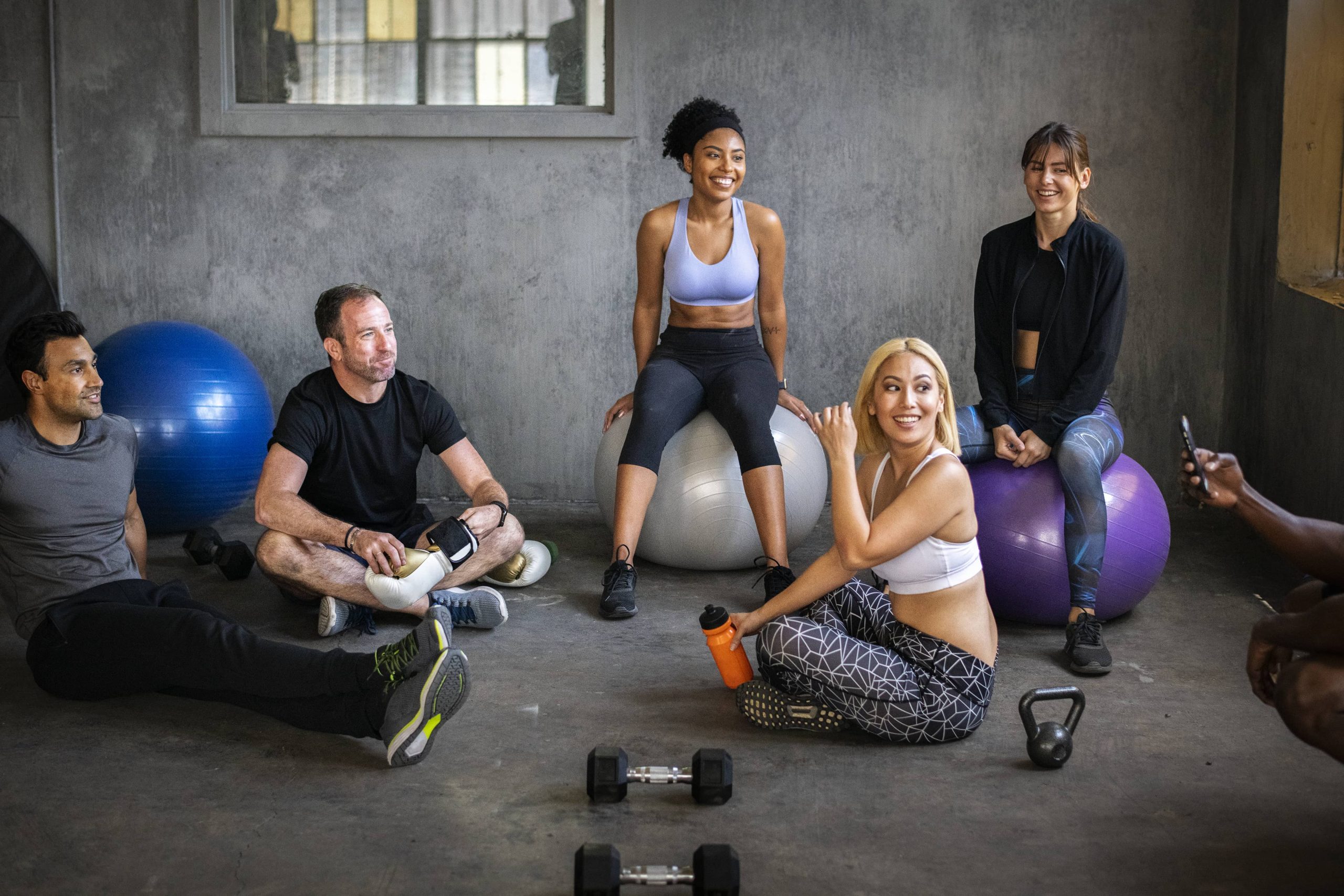
Aging is an inevitable part of life, a journey that each of us embarks upon from the moment we are born. While the passage of time is beyond our control, how we age is something we can influence significantly. The secret to aging gracefully lies not in elusive elixirs or mythical fountains of youth, but in something much more accessible and scientifically proven: fitness.
Understanding Aging
Before delving into the role of fitness, it’s essential to understand what aging entails. Aging is a complex process characterized by a gradual decline in physical and mental capacities. It involves changes at the cellular level, such as DNA damage, oxidative stress, and inflammation, which collectively contribute to the aging process. These changes manifest as wrinkles, reduced muscle mass, decreased bone density, and a decline in cognitive function.
However, aging doesn’t have to mean a decline in quality of life. With the right approach, we can maintain vitality, strength, and mental acuity well into our later years.
The Role of Fitness in Aging Gracefully
Fitness is a cornerstone of healthy aging. Regular physical activity has been shown to have a profound impact on both the body and mind, helping to mitigate many of the adverse effects associated with aging.
1. Physical Benefits
– Muscle Mass and Strength: As we age, we naturally lose muscle mass and strength, a condition known as sarcopenia. Regular strength training can counteract this process by stimulating muscle growth and improving muscle function. This not only enhances physical appearance but also improves balance and reduces the risk of falls.
– Bone Health: Osteoporosis, a condition characterized by weakened bones, is a common concern among older adults. Weight-bearing exercises, such as walking, jogging, and resistance training, can help maintain bone density and reduce the risk of fractures.
– Cardiovascular Health: Cardiovascular disease is a leading cause of death worldwide. Engaging in aerobic exercises like swimming, cycling, or brisk walking can improve heart health by lowering blood pressure, reducing cholesterol levels, and enhancing circulation.
– Flexibility and Mobility: Aging often leads to stiffness and reduced flexibility, which can limit mobility. Incorporating stretching exercises and activities like yoga or Pilates can improve flexibility, enhance range of motion, and alleviate joint pain.
2. Mental Benefits
– Cognitive Function: Regular physical activity has been linked to improved cognitive function and a reduced risk of neurodegenerative diseases such as Alzheimer’s. Exercise increases blood flow to the brain, promoting the growth of new neurons and enhancing memory and learning.
– Mental Health: Exercise is a powerful tool for managing stress, anxiety, and depression. Physical activity triggers the release of endorphins, the body’s natural mood elevators, leading to improved mental well-being and a more positive outlook on life.
– Social Engagement: Participating in group fitness classes or sports can foster social connections, reducing feelings of loneliness and isolation, which are common among older adults.
Creating a Fitness Routine for Aging Gracefully
To harness the power of fitness for graceful aging, it’s important to create a balanced and sustainable exercise routine. Here are some tips to get started:
1. Consult a Healthcare Professional
Before beginning any new exercise program, especially if you have pre-existing health conditions, consult with a healthcare professional. They can provide personalized recommendations and ensure that your fitness plan is safe and effective.
2. Incorporate a Variety of Exercises
A well-rounded fitness routine should include a mix of aerobic, strength, flexibility, and balance exercises. This variety ensures that all aspects of physical health are addressed, reducing the risk of injury and promoting overall well-being.
3. Set Realistic Goals
Set achievable goals that align with your current fitness level and lifestyle. Whether it’s walking for 30 minutes a day or lifting weights twice a week, having clear objectives can keep you motivated and focused.
4. Listen to Your Body
As you age, it’s crucial to listen to your body and adjust your exercise routine accordingly. Pay attention to any signs of pain or discomfort and modify exercises as needed. Rest and recovery are equally important components of a successful fitness plan.
5. Stay Consistent
Consistency is key to reaping the benefits of fitness. Aim to incorporate physical activity into your daily routine, making it a non-negotiable part of your lifestyle. Remember, it’s never too late to start, and even small changes can have a significant impact over time.
Conclusion
Aging gracefully is not about defying the natural process of growing older but embracing it with vitality and resilience. Fitness is a powerful tool that can help us maintain our physical and mental health, allowing us to enjoy life to the fullest at any age. By prioritizing regular exercise and adopting a holistic approach to wellness, we can unlock the secret to aging gracefully and live a life filled with energy, purpose, and joy.
